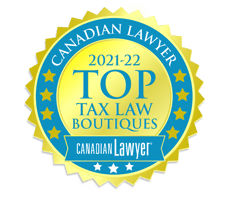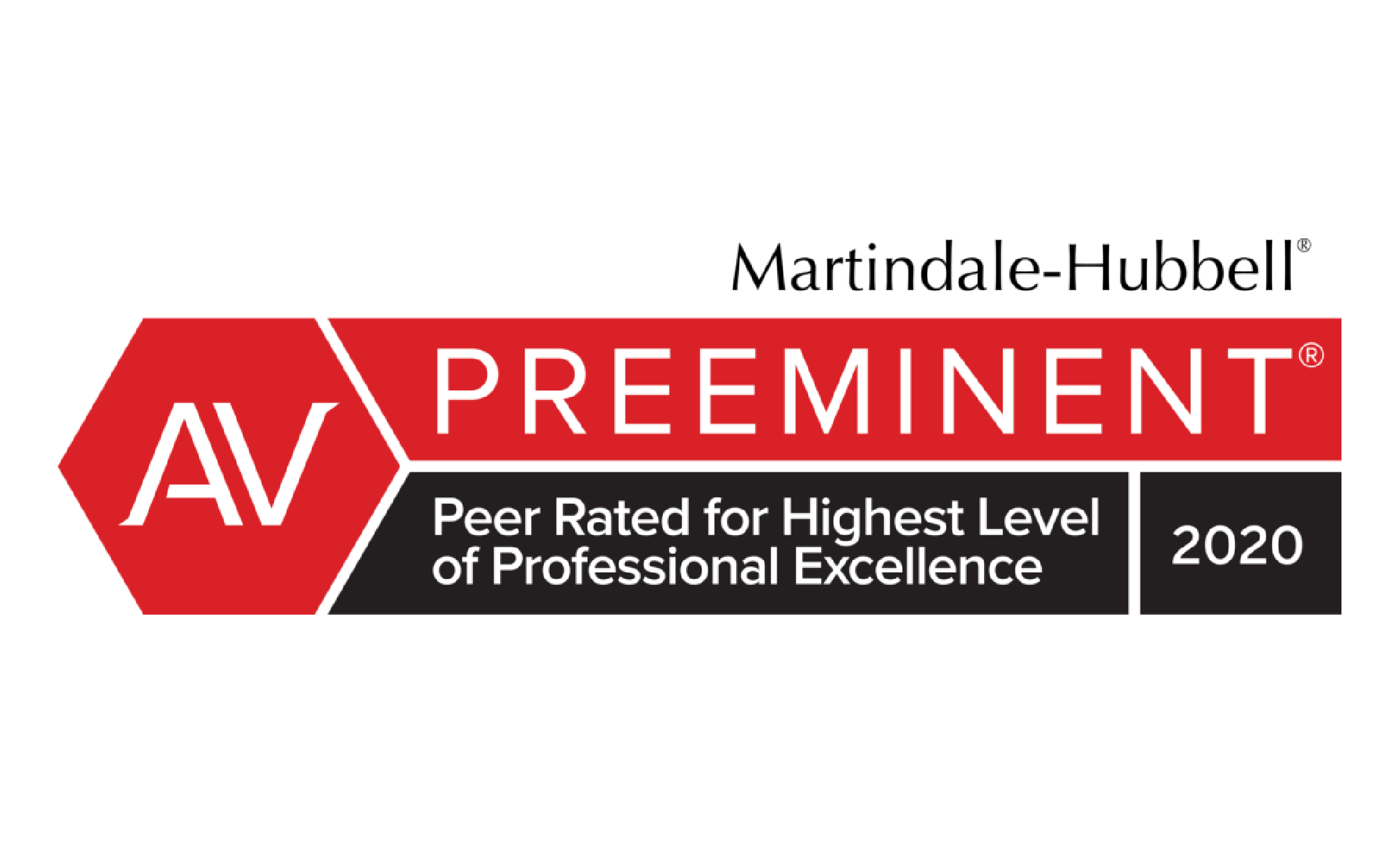
*Thompson Reuters considers the authors “leading tax experts and litigators”. This content first appeared in TR’s, Practical Insights in May 2020.*
Background
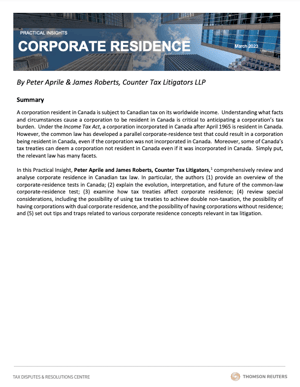 It is settled law that the place of the corporation’s central management and control determines the corporation’s residence. However, some scholars and government commissions have recommended adopting different criteria for determining corporate residence. In particular, the UK government’s Report of the Working Party on Company Residence, Tax Havens, and Upstream Loan,1 commissioned in 1982, recommended adopting the place of effective or actual management as determining corporate residence. More recently, Geoffrey Loomer makes a case for adopting the place of effective management as the factor that determines corporate residence. Loomer identifies the possibility for manipulation as a reason to abandon central management and control in favour of the place of effective management.2
It is settled law that the place of the corporation’s central management and control determines the corporation’s residence. However, some scholars and government commissions have recommended adopting different criteria for determining corporate residence. In particular, the UK government’s Report of the Working Party on Company Residence, Tax Havens, and Upstream Loan,1 commissioned in 1982, recommended adopting the place of effective or actual management as determining corporate residence. More recently, Geoffrey Loomer makes a case for adopting the place of effective management as the factor that determines corporate residence. Loomer identifies the possibility for manipulation as a reason to abandon central management and control in favour of the place of effective management.2
Likelihood of The Central Management & Control Test Changing
It is unlikely that courts will look to change the common-law corporate-residence test in the foreseeable future. However, any push to change the common law will likely arise as a result of the potential for manipulation of corporate residence that the central management and control test provides. This post looks at the possible ways corporations and multinational enterprises can manipulate corporate residence and the potential ways that the courts and Parliament could react to redress the manipulation.
Manipulation of Corporate Residence
The Issue
The common-law test is corporation specific, meaning that a corporation’s residence must be determined according to the facts and circumstances of the particular corporation: whether the specific corporation’s directors have autonomy to make the corporation’s strategic management decisions and, if so, where the directors make these decisions. This is the case regardless of the number of corporations in the corporate group and irrespective of the purpose or business of the corporate group as a whole. In these circumstances, corporations have the opportunity to shift profits to low-tax jurisdictions by creating specific-purpose corporations in low-tax jurisdictions that have boards of directors with sufficient autonomy to make strategic management decisions in the low-tax jurisdiction.
_AquaBlueFlat.jpg?width=700&height=310&name=CounterBlogPattern(2)_AquaBlueFlat.jpg)
With globalisation increasing, it is becoming easier for corporate groups to manipulate corporate residence. As Loomer succinctly and accurately summarized:
[i]t is well known that the dominant form of international business organization is now a globally integrated network of corporations, often with a single headquarters company and numerous foreign affiliates. Obviously, this evolution in the mode of international enterprise challenges the efficacy of any tax system that is based on the twin concepts of separate corporate personality and corporate residence. This is especially true when, as explained below, courts that are asked to determine the tax residence of “offshore” subsidiaries take a formal, entity-by-entity view of the matter.3
The challenge due to the “twin concepts of separate corporate personality and corporate residence” that Loomer refers to is that “the test for corporate residence from De Beers has become a mere ‘tax-planning device’” 4 and that a corporate group “can ‘exploit its androgynous nature to make corporate residence ineffective.’”5
A hypothetical example of how a corporate group might manipulate corporate residence to reduce its tax burden is as follows. The corporate group’s parent corporation is a holding company in one jurisdiction, and has three subsidiary corporations (sister corporations), all in separate countries. One subsidiary manufactures products, one subsidiary markets the product, and one subsidiary sells the product. Each subsidiary is subject to the taxation laws of the country in which it is resident. Subject to each country’s transfer-pricing regime, the corporate group could shift its profits to the country that has the lowest tax burden. All the corporate group needs to do is ensure that the central management and control of each subsidiary corporation is in the selected country.
A real example of a corporate group manipulating corporate residence is Holden,6 in which the British Court of Appeal held that because the directors of a subsidiary corporation in the Netherlands had autonomy to make the corporation’s strategic management decisions, the subsidiary was resident in the Netherlands rather than in the United Kingdom.
Citations
1 Report of the Working Party on Company Residence, Tax Havens, and Upstream Loan, IFS Report Series No. 3 (London: The Institute for Fiscal Studies, 1982) [IFS Company Residence Report].
2 Geoffrey Loomer, “The Disjunction Between Corporate Residence and Corporate Taxation: Is Improvement Possible?” (2015) 63:1 Can. Tax J. 111, citing United Kingdom, Inland Revenue, Statement of Practice 1/90
3 Ibid. at 114.
4 Ibid., quoting Brian J. Arnold, “A Tax Policy Perspective on Corporate Residence” (2003) 51:4 Can. Tax J. 1564.
5 Ibid., quoting Michael J. McIntyre, “Determining the Residence of Members of a Corporate Group” (2003) 51:4 Can. Tax J. 1570.
6 [2005] S.T.C. 789 (Ch. D.), affirmed [2006] S.T.C. 443 (C.A.) [Holden] note 46.














.png?width=400&height=400&name=CT-How_Can_We_Help-22_july_NewGraphic_b(small).png)
.png?width=1386&height=1224&name=2025%20Legal500%20Elite%20Boutique%20Award%20(Badge).png)
.png?width=1386&height=1224&name=ITR%20Finalist%20Practice%20Leader%20of%20Year%20Peter%20Aprile%202024%20(Badge).png)
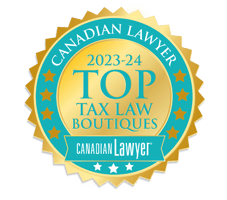
.png?width=1386&height=1224&name=2025%20Legal500%20Leading%20Firm%20Client%20Satisfaction%20Award%20(Badge).png)
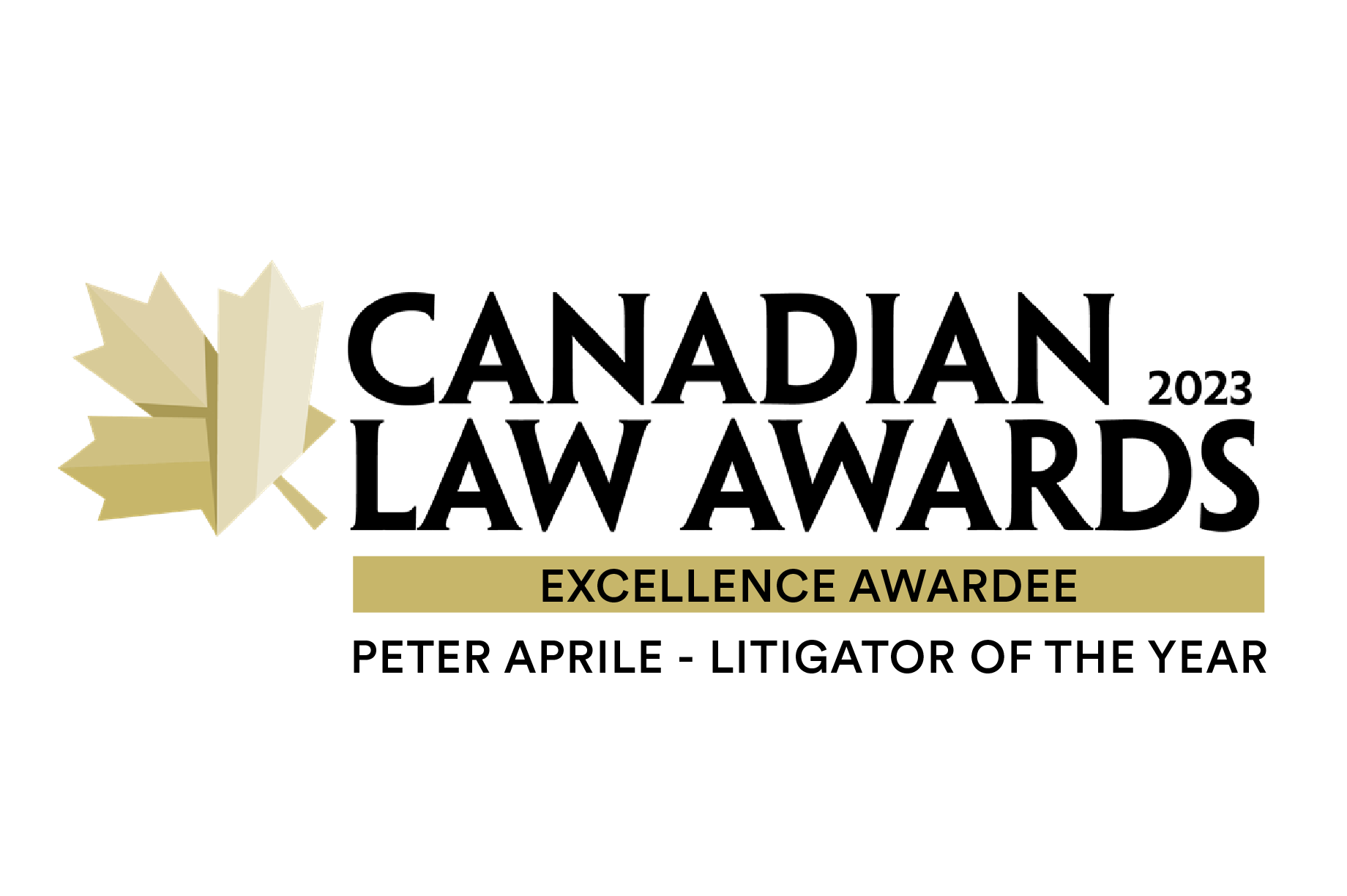
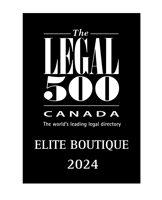
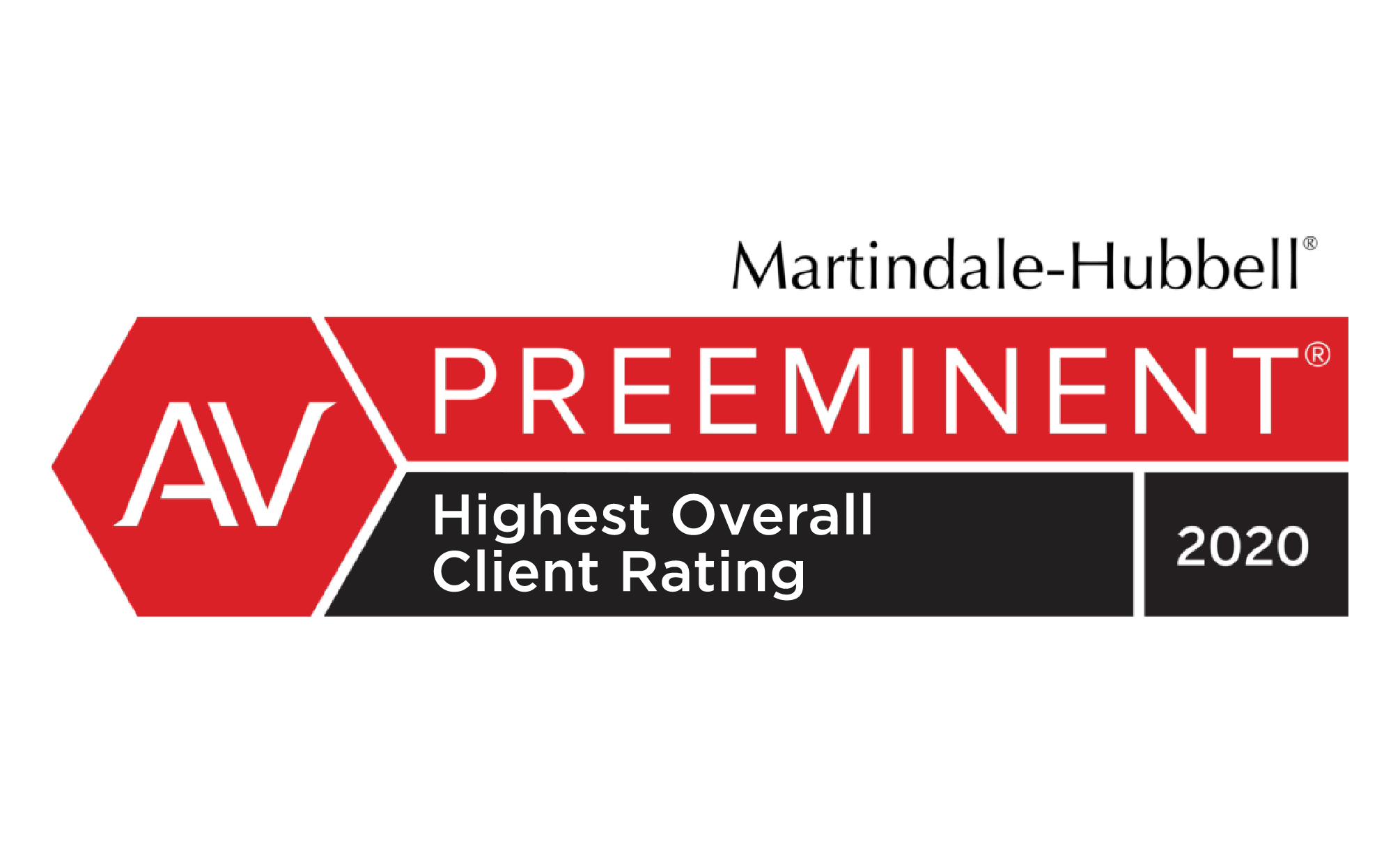
.png?width=1386&height=1224&name=ITR%20Tax%20Innovator%20Finalist%202024%20Award%20(Badge).png)
